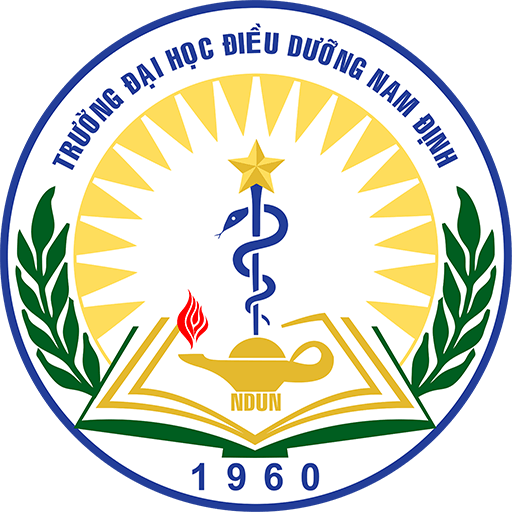Vietnam begins to step on the path to end tuberculosis
Ngày đăng: 12/03/2020 03:05On 9th March 2020, the National Committee on Tuberculosis End had its first meeting in Hanoi. It was chaired by Deputy Prime Minister Vu Duc Dam, Chairman of the Committee.

At the meeting, the Committee members discussed the situation and direction to end tuberculosis by 2030 when the tuberculosis epidemiology situation has improved, but the rate of reducing the number of cases is too slow compared to the target of reducing the number of people with TB per 100,000 people from 289 people (in 2017) to 20 people (in 2030). At present, the rate of reducting tuberculosis patients per 100,000 people reaches the average of 3.8% / year, while the requirement for the period 2017-2025 is 9% / year, the period 2025-2030 is 15%/ year.
Each year, over 100,000 new TB patients ware detected and treated but there are still about 50,000 new cases that have not been detected and reported in the community. The healing rate is maintained at over 90% for new TB patients, 75% of MDR-TB patients using long-term regimens and 80% of MDR-TB patients using short-term regimens.
There are 99 specialized hospitals nationwide capable of applying effectively new techniques, new drugs, new treatment regimens in the world for the detection and treatment of tuberculosis patients. This network has covered all communes, wards and villages.
Therefore, the death rate of patients under the National Tuberculosis Program is about 2,000 people out of a total of more than 100,000 people detected and treated in 2018. The majority of remaining death rate (about 9,000 people in 2018) due to detection and treatment were not prompt.
Assoc.Prof. Dr. Nguyen Viet Nhung - Director of National Lung Hospital said that Vietnam tuberculosis control model was considered to enter the path of ending TB by international organizations. However, the currecnt challenges for the National Tuberculosis Control Program are ensuring sustainability, medicine source, especially the involvement and response of the community.
Committee members said that the problem was to identify all new TB patients with the spirit that "this is not a task of the health sector but the participation of the whole community"; enhance cooperation and support from countries and international organizations.
The national TB control program should make the best use of existing tools in combination of universal health insurance coverage and social protection. At the same time, the application of new diagnostic tools, new drugs, new vaccines, new interventions should be expanded quickly to detect and treat tuberculosis cases early, cut off sources of infection, and treat people at risk of tuberculosis.
In addition, it is suggested that activities to introduce programs to protect health, prevent disease, especially infectious diseases should be introduced every year by high schools across the country. Thereby, the programs aim to raise people's awareness of participating in vaccination prevention and behaving appropriately with epidemics.



.png)









.gif)


